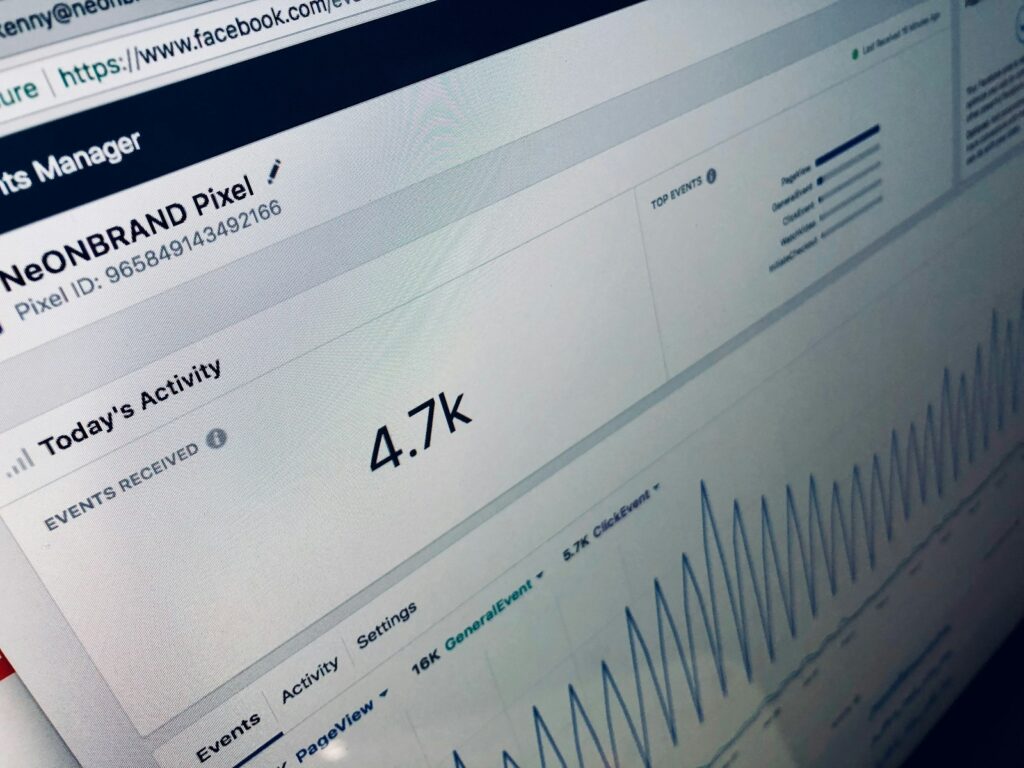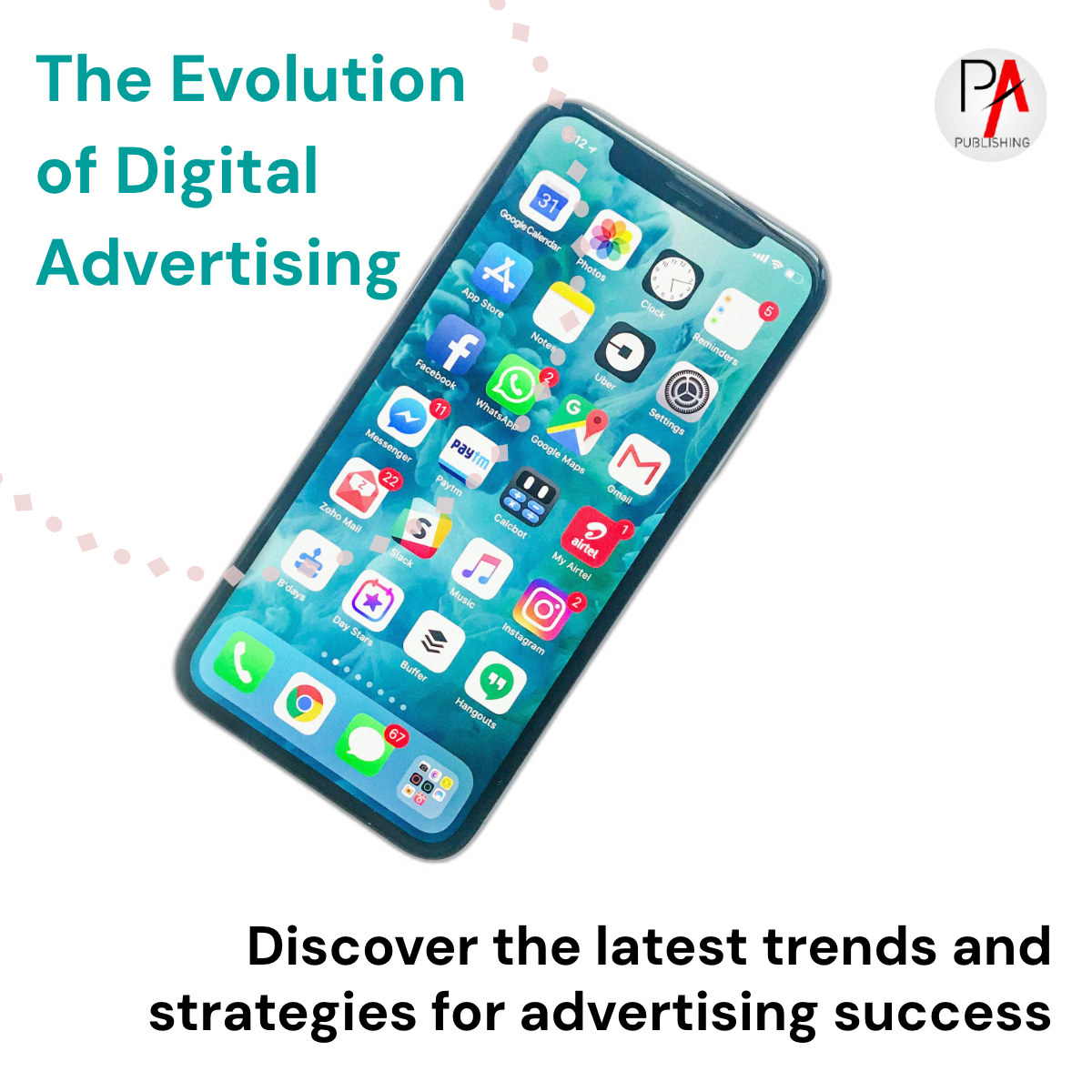In the ever-evolving landscape of digital advertising, staying ahead of emerging trends and implementing effective strategies is crucial for achieving success in today’s competitive market. From the rise of social media platforms to advancements in AI technology, advertisers are constantly adapting their approaches to reach target audiences effectively.
Digital Advertising
This article will explore the evolution of digital advertising, highlighting key trends shaping the industry and providing insights into winning strategies for maximizing ROI and engagement. Stay tuned as we delve into the dynamic world of digital marketing and uncover what it takes to thrive in this fast-paced environment.
Digital Advertising: The Shift Towards Mobile Advertising
- Mobile usage: With the increasing prevalence of smartphones and tablets, consumers are spending more time on mobile devices than ever before. This shift in behavior has made mobile advertising a key component of digital marketing strategies.
- Benefits of mobile advertising: One major advantage of mobile advertising is its ability to reach consumers on-the-go. Whether they’re scrolling through social media or checking their email, your ads can be right at their fingertips, increasing the chances of engagement.
- Targeted approach: Mobile advertising allows for highly targeted campaigns based on factors such as location, demographics, and browsing history. This level of customization can lead to higher conversion rates and a more targeted audience reach compared to traditional forms of advertising.

The Impact of Big Data and Analytics
- Personalized Targeting: Big data and analytics allow advertisers to delve deep into consumer behavior patterns, preferences, and demographics. This wealth of information enables them to create highly targeted ad campaigns tailored to specific individuals or groups.
- Improved ROI: By leveraging big data analytics, advertisers can measure the effectiveness of their digital advertising efforts with precision. They can track key performance indicators (KPIs) accurately, optimize campaigns in real-time, and allocate resources more efficiently for maximum return on investment.
- Enhanced Customer Insights: Through analyzing a vast amount of data collected from various sources like social media platforms, websites, and purchase histories, advertisers gain valuable insights into customer needs and motivations. This helps in refining marketing strategies that resonate with consumers on a personal level.

Digital Advertising: The Rise of Influencer Marketing
In recent years, influencer marketing has emerged as a powerful tool for brands looking to reach their target audience in an authentic way. By partnering with social media personalities who have large and engaged followings, companies can tap into the trust that these influencers have built with their followers. This type of marketing allows brands to connect with consumers on a more personal level and create meaningful relationships that go beyond traditional advertising methods.
One key advantage of influencer marketing is its ability to generate high levels of engagement. Unlike traditional forms of advertising, which can often be ignored or overlooked, influencer content is seen as more genuine and trustworthy by consumers. This leads to increased interaction and conversion rates for brands that utilize this strategy. Additionally, influencers are able to provide valuable insights into the preferences and behaviors of their audience, helping companies tailor their messaging for maximum impact.
Overall, the rise of influencer marketing signals a shift towards more personalized and targeted approaches in digital advertising. As consumers become increasingly wary of traditional advertisements, leveraging the authenticity and relatability of influencers presents a unique opportunity for brands to connect with their audience in a meaningful way. By finding the right partnerships and crafting compelling campaigns, businesses can harness the power of influencer marketing to stand out in today’s competitive online landscape.

Personalization and Targeting Strategies
- Utilize data-driven insights to create personalized advertising messages that resonate with your target audience.
- Implement dynamic content based on user behavior and preferences to increase engagement and conversions.
- Leverage advanced targeting capabilities such as geo-targeting, behavioral targeting, and remarketing to reach the right people at the right time.
By tailoring your ads to individual interests and behaviors, you can cut through the digital noise and capture the attention of potential customers. Personalized advertising not only enhances the user experience but also boosts ROI by delivering relevant content that drives action. Stay ahead of the competition by continuously refining your targeting strategies based on performance metrics and consumer feedback.
Engage in A/B testing to determine which messaging resonates best with different audience segments, allowing you to optimize your campaigns for maximum impact. Remember that personalization is key in today’s digital landscape, where consumers expect tailored experiences that cater to their specific needs and preferences.
Video Advertising: The Future of Digital Advertising
- Engaging Content: Video advertising is on the rise, captivating audiences with visually stimulating content that grabs attention and keeps viewers hooked.
- High Reach and Impact: With the increased consumption of video content across various platforms, video advertising has the potential to reach a large audience and make a lasting impact.
- Interactive Experiences: Interactive video ads allow for user engagement, leading to higher click-through rates and increased brand awareness.

Programmatic Advertising: Automation and Efficiency
- Efficiency Through Automation: Programmatic advertising uses algorithms to automate the buying and selling of ad space. This streamlines the process, allowing advertisers to reach their target audience more effectively.
- Real-Time Bidding: With programmatic advertising, ads can be bought and sold in real-time auctions. This ensures that ads are delivered to the right audience at the right time, increasing efficiency and maximizing impact.
- Data-Driven Decisions: By leveraging data analytics, programmatic advertising allows advertisers to make informed decisions based on real-time performance metrics. This data-driven approach helps optimize campaigns for better results while saving time and resources.
Social Media Advertising: Engaging with Audiences
- Utilize targeted ads: Social media platforms like Meta Facebook and Instagram offer robust targeting options to reach specific audiences based on demographics, interests, and behaviors. This allows advertisers to create personalized content that resonates with users, increasing engagement and conversions.
- Encourage user-generated content: Foster a sense of community by encouraging followers to share their experiences with your brand. User-generated content is seen as more authentic and trustworthy, making it an effective way to engage with audiences and build brand loyalty.
- Listen and respond: Monitor social media channels for feedback, questions, or complaints from customers. Respond promptly and professionally to show that you value their input. Engaging in conversations with your audience humanizes your brand and can lead to long-lasting relationships with customers.

The Role of Artificial Intelligence in Advertising Innovation
Artificial intelligence is revolutionizing the advertising industry by offering advanced targeting capabilities and personalized messaging to consumers. AI algorithms can analyze vast amounts of data in real-time, allowing advertisers to optimize campaigns for better performance and ROI. By utilizing machine learning, companies can automate processes like ad placement and content creation, saving time and resources while increasing efficiency.
Digital Advertising: With AI-powered tools, advertisers can create hyper-targeted ads that resonate with specific audience segments based on their behavior, preferences, and demographics. This level of personalization leads to higher engagement rates and conversions, ultimately driving business growth. By harnessing the power of artificial intelligence, brands can stay ahead of the competition in a rapidly evolving digital landscape.

